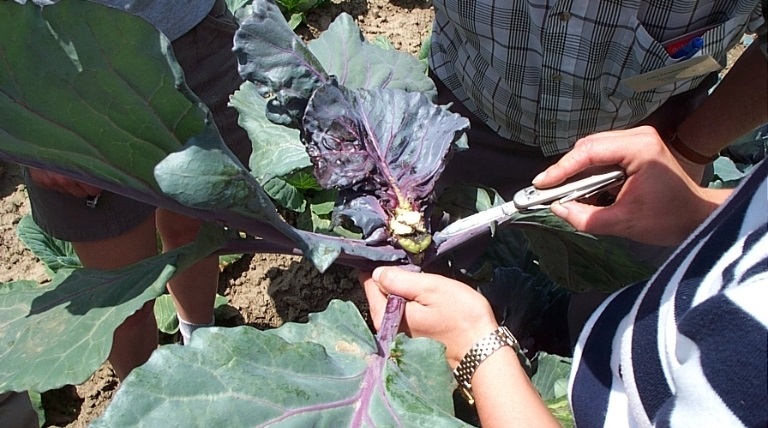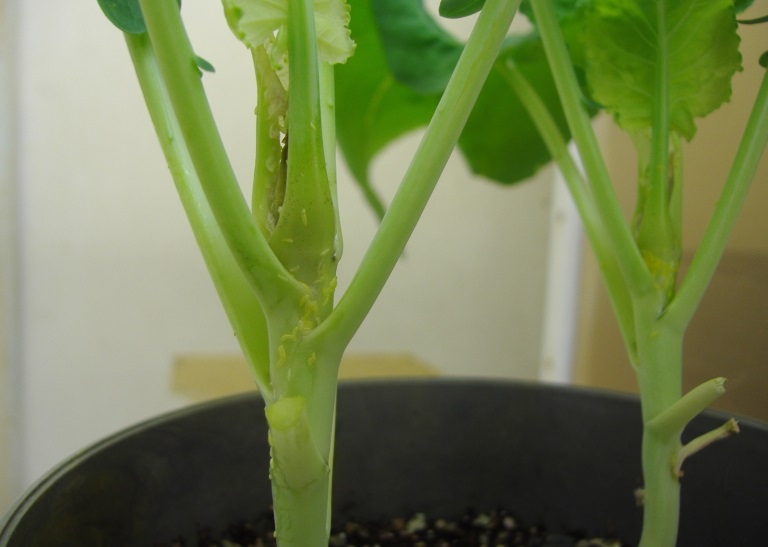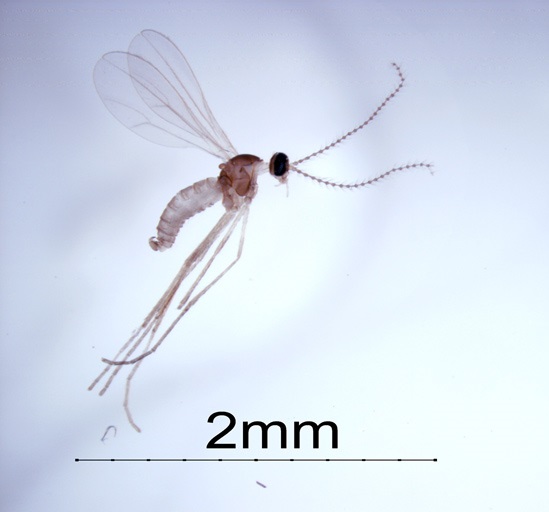According to Michigan State University Extension, Swede midge, an invasive pest of cole crops, has been found in Michigan, creating a new management challenge.
Distribution: Native to Europe and southwestern Asia. It was first discovered in Niagara County, New York, in 2004. Since then it has spread to at least seven states and six Canadian provinces.
Identification: 2 millimeters in length, with hairy wings and a light brown or orange body (Fig. 1).
Hosts: Cultivated and non-cultivated brassica and mustard plants, including broccoli, cabbage, cauliflower, Brussels sprouts, kale, collards, rutabagas, radishes, horseradish, turnips, canola, wild mustard, shepherd’s purse, stinkweed, field peppergrass and yellow rocket.
Damage: Larvae feed on leaf bases and flower buds emerging from the growing tip of the plant by secreting digestive fluids that break down the waxy plant cuticle. This results in twisting, curling, crinkling and drawstring damage to leaves, and swollen leaf stems where they meet the main stalk (Fig. 2).
Scouting: Pheromone traps starting in May through October can determine if swede midge males are present. Closely examine leaf bases, flower buds and growing points of poorly-performing brassica plants for small yellow maggots to determine if swede midge larvae are present (Fig. 3).


.
Reference:
Vegetable Growers News, Swede midge biology and management, Oct 13, 2015. Accessed 10/26/2015: http://vegetablegrowersnews.com/news/swede-midge-biology-and-management/
 0
0

